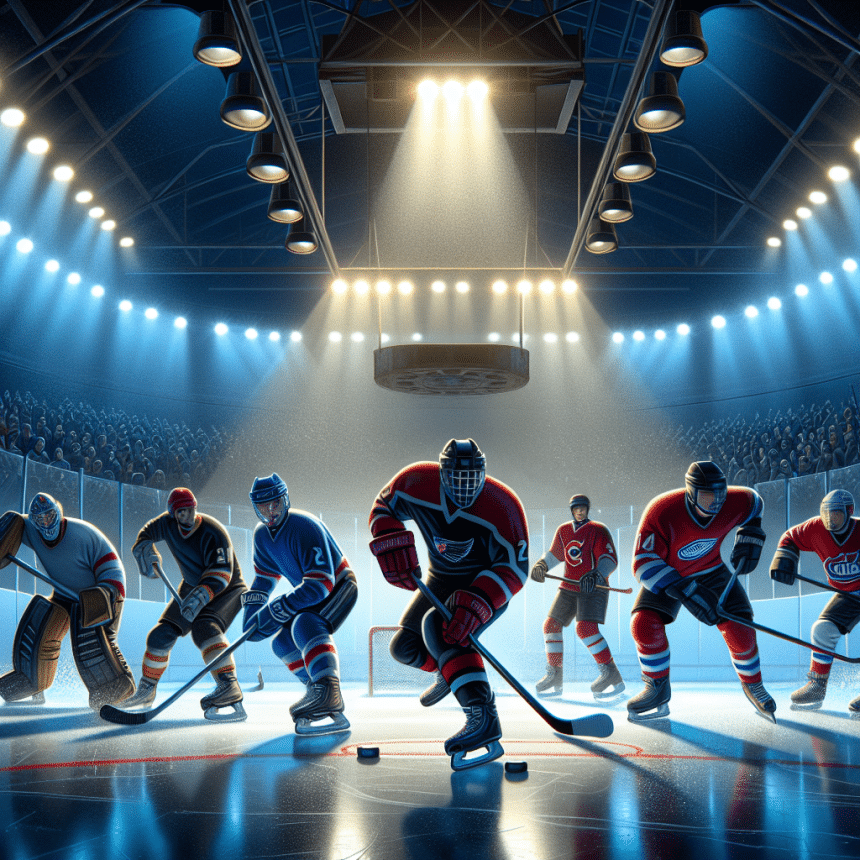In the world of hockey, a player’s abilities may remain consistent year after year, but their performance and statistics can vary greatly from one season to the next. The factors influencing scoring are abundant – ice time, opportunities, luck, linemates, team quality, and systems, to name a few.
Taking a closer look at these contextual factors can give us insight into which players may struggle to replicate their previous success. Today, we’re diving into the discussion of 10 players who may be at risk of regressing in the upcoming 2024-25 season. This could include a star player who may not match their career-best season, a player whose production may decrease due to a lesser role, or a breakout performer who may come back down to reality.
It’s important to note that being on this list doesn’t mean a player is “bad” or declining in skill. Many of these players are exceptional, but they may find it challenging to match the offensive numbers they posted in the 2023-24 season.
Let’s take a look at the 10 players who could see a decline in their production this upcoming season.
Starting off with Reinhart, who had an impressive 24.5 percent shooting percentage in the previous season. This was the highest shooting efficiency among all NHL skaters who played at least 50 games. However, sustaining such a high shooting percentage is nearly impossible in the long term. It’s expected that Reinhart will fall closer to the 40-goal range this year, rather than contending for the Rocket Richard trophy.
Moving on to Nyquist, who had a career-best season at the age of 34. Scoring 75 points in 81 games was a significant achievement for him, as he exceeded the 60-point mark for the first time in his career. However, achieving outlier production at an older age raises concerns about potential regression in the following season.
The biggest risk to Nyquist’s numbers lies in the likelihood of a reduced role this season. With new arrivals such as Steven Stamkos and Jonathan Marchessault, Nyquist is expected to move to the second power-play unit, which could impact his point totals. Additionally, decreased even-strength minutes due to the emergence of other players could further hinder his production. When considering age-related decline, being 35 years old adds another layer of uncertainty to Nyquist’s potential output this season.
As for Carcone, there are two main reasons why he may see a decline in the 2024-25 season. Firstly, earning top-nine minutes in Utah may prove challenging for him, given the team’s depth at wing positions. In addition, his impressive 18.9 percent shooting percentage from the previous season is unlikely to be sustained over the long term.
In conclusion, while these players have showcased their talent and capabilities, various factors such as age, role changes, and shooting percentages may contribute to a potential decline in their statistical performance in the upcoming season.







